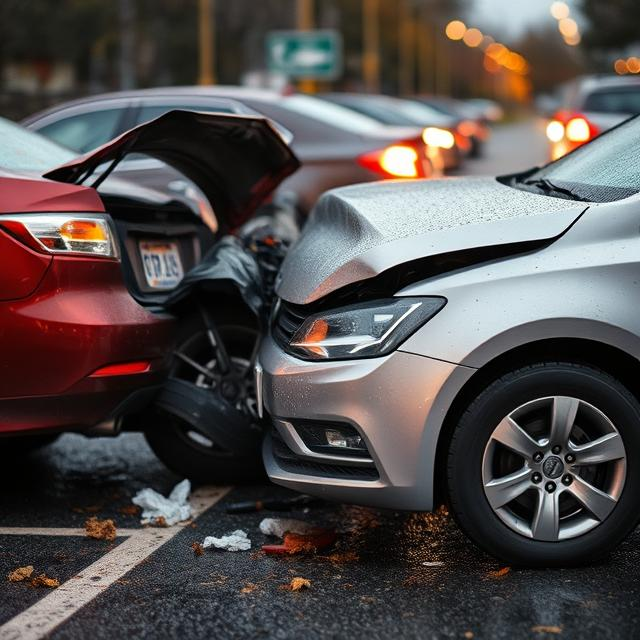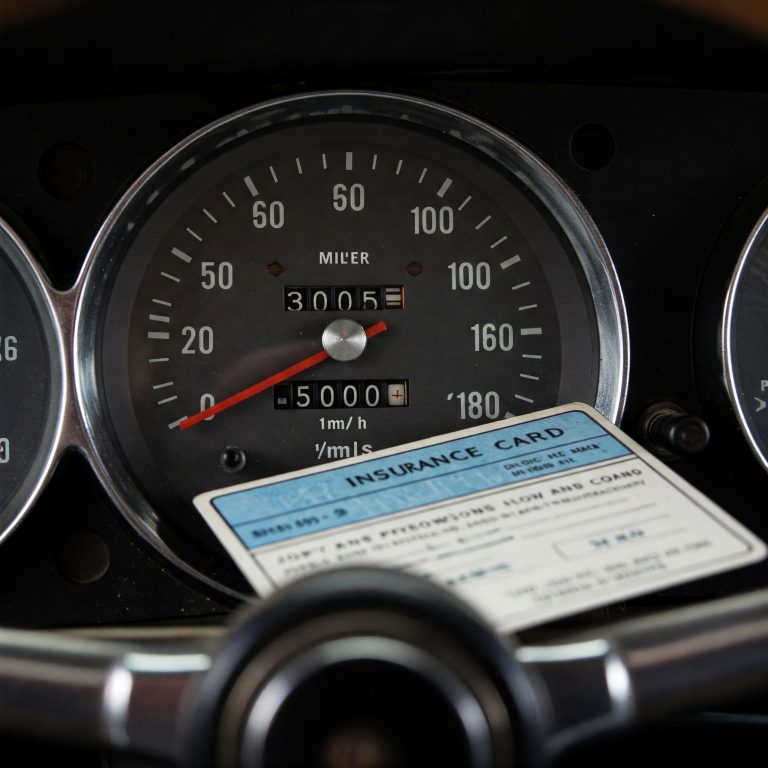Car Insurance Claim Process After Accident in India
Every 4 minutes, an Indian driver faces insurance claim delays due to procedural errors. However, understanding the car insurance claim process can transform this stressful experience into a smooth resolution.
In this comprehensive guide, we’ll walk you through:
Critical first steps after an accident
Key differences between claim types
Essential documentation requirements
Common pitfalls that lead to rejections
Proven strategies for faster settlements
By following these guidelines, you’ll not only protect your rights but also ensure fair compensation without unnecessary delays.
Step 1: Immediate Actions After an Accident
The first 30 minutes after an accident are crucial for both safety and your insurance claim. Here’s exactly what to do:
- Prioritize Safety
- Move vehicles to a safe location if possible
- Turn on hazard lights and set up warning triangles
- Check for injuries and call emergency services if needed
- Document Thoroughly
- Take clear photos of:
- Vehicle damage from multiple angles
- License plates of all involved vehicles
- Road conditions and traffic signals
- Collect contact information from witnesses
- Take clear photos of:
- File Necessary Reports
- Contact police for accidents involving injuries
- Obtain FIR copy for insurance purposes
- Initiate the Claim Process
- Notify your insurer within 24 hours
- Use their mobile app for faster claim registration
Pro Tip: Keep digital copies of your insurance policy and vehicle documents in your phone for instant access.
Step 2: Understanding Your Claim Options
Cashless Claims (Recommended for Major Repairs)
- Process Overview:
- Repairs completed at insurer-approved garages
- Direct payment between insurer and repair facility
- Advantages:
- Faster processing (typically 3-5 business days)
- No upfront payment required
- Considerations:
- Limited to network garages
Reimbursement Claims (Flexible Alternative)
- Process Overview:
- Choose any licensed repair facility
- Pay out-of-pocket and submit bills for reimbursement
- Advantages:
- Greater choice in repair providers
- Considerations:
- Longer processing time (7-15 business days)
Claim Type Comparison Table
| Feature | Cashless Claim | Reimbursement Claim |
|---|---|---|
| Garage Options | Network only | Any licensed garage |
| Payment Method | Direct insurer payment | Out-of-pocket with reimbursement |
| Processing Time | 3-5 days | 7-15 days |
| Best For | Major repairs | Minor repairs |
Step 3: Required Documentation for Claim Processing
Proper documentation prevents 80% of claim delays. Ensure you have:
Essential Documents
- Completed claim form
- Copy of valid driving license
- Vehicle registration certificate
- Current insurance policy
Situation-Specific Requirements
- FIR copy (for accidents with injuries)
- Original repair invoices and receipts
- Medical reports (for injury claims)
Pro Tip: Create a dedicated folder in your email or cloud storage for all accident-related documents.
Step 4: Avoiding Common Claim Rejections
- Late Notification
- Solution: Contact insurer immediately (within 24 hours)
- Incomplete Paperwork
- Solution: Use insurer’s document checklist
- Unauthorized Repairs
- Solution: Wait for official surveyor approval
- Policy Violations
- Solution: Review policy terms annually
- Discrepancies in Details
- Solution: Provide accurate, consistent information
Step 5: Accelerating Your Claim Settlement
- Maintain Detailed Records
- Log all communications with dates/times
- Follow Up Strategically
- Weekly status checks with claims department
- Utilize Digital Tools
- Track progress through insurer’s mobile app
- Consider Policy Add-Ons
- Zero depreciation coverage maximizes payouts
- Understand Your Rights
- Escalate unresolved issues to IRDAI
FAQs About the Car Insurance Claim Process
Q: What’s the deadline for filing a claim?
A: While immediate reporting is ideal, most insurers accept claims within 6 months for own damage cases.
Q: Can I switch repair facilities after approval?
A: Yes, but this may further require re-approval and delay your settlement.
Q: How are total loss claims calculated?
A: Insurers use IDV (Insured Declared Value) minus applicable depreciation.
Q: What if the other driver is uninsured?
A: Your comprehensive policy may cover damages through own damage claim.
Q: Where can I check my claim status?
A: Most insurers offer online tracking through their websites or mobile apps.
Final Checklist for Successful Claims
Ensure everyone’s safety first
Document the scene thoroughly
Notify insurer promptly
Gather complete documentation
Follow up until resolution
By mastering the car insurance claim process, you’ll navigate post-accident situations with confidence and efficiency.







